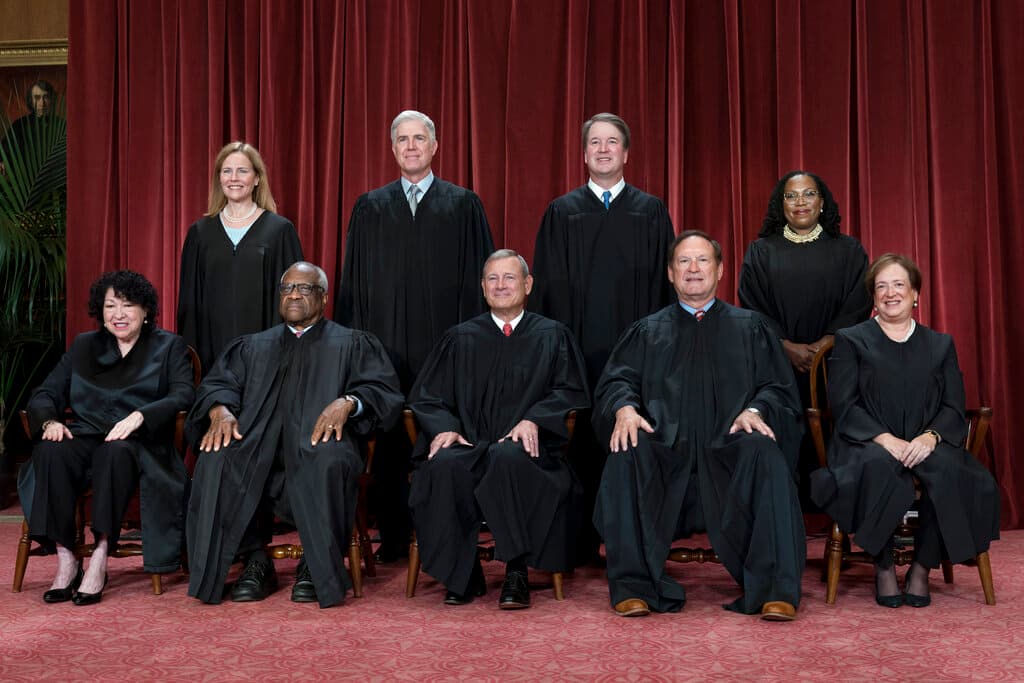Proposed Ethics Code for Supreme Court Escalates Campaign To Bind the Justices
Two advocacy groups release a scheme to regulate America’s highest court.

The release of a “Model Code of Conduct for U.S. Supreme Court Justices” by two good-government groups — Project for Government Oversight and Lawyers Defending Democracy — brings into sharp focus the growing effort to regulate the justices, a push that the Nine has thus far resisted.
Please check your email.
A verification code has been sent to
Didn't get a code? Click to resend.
To continue reading, please select:
Enter your email to read for FREE
Get 1 FREE article
Join the Sun for a PENNY A DAY
$0.01/day for 60 days
Cancel anytime
100% ad free experience
Unlimited article and commenting access
Full annual dues ($120) billed after 60 days

